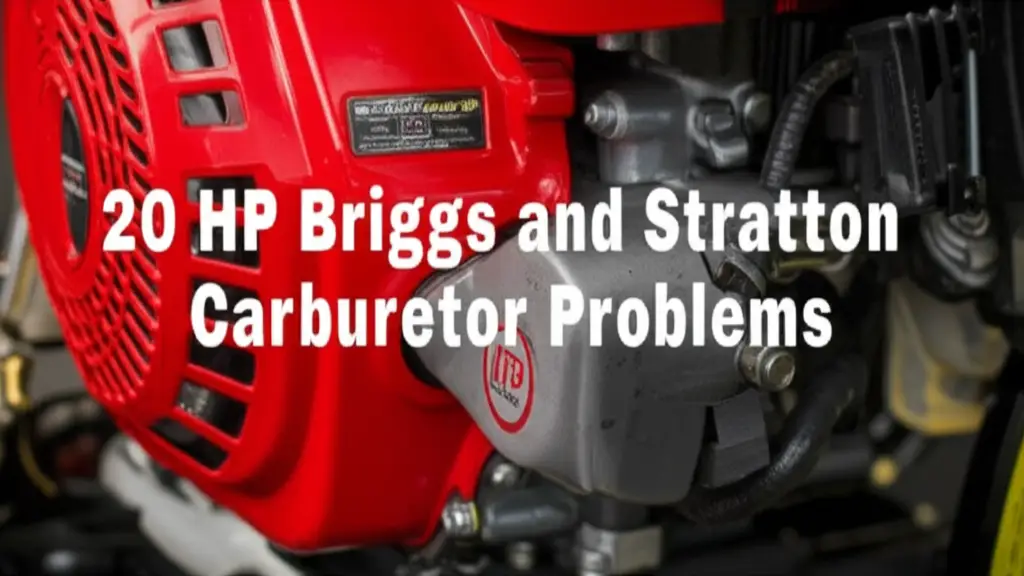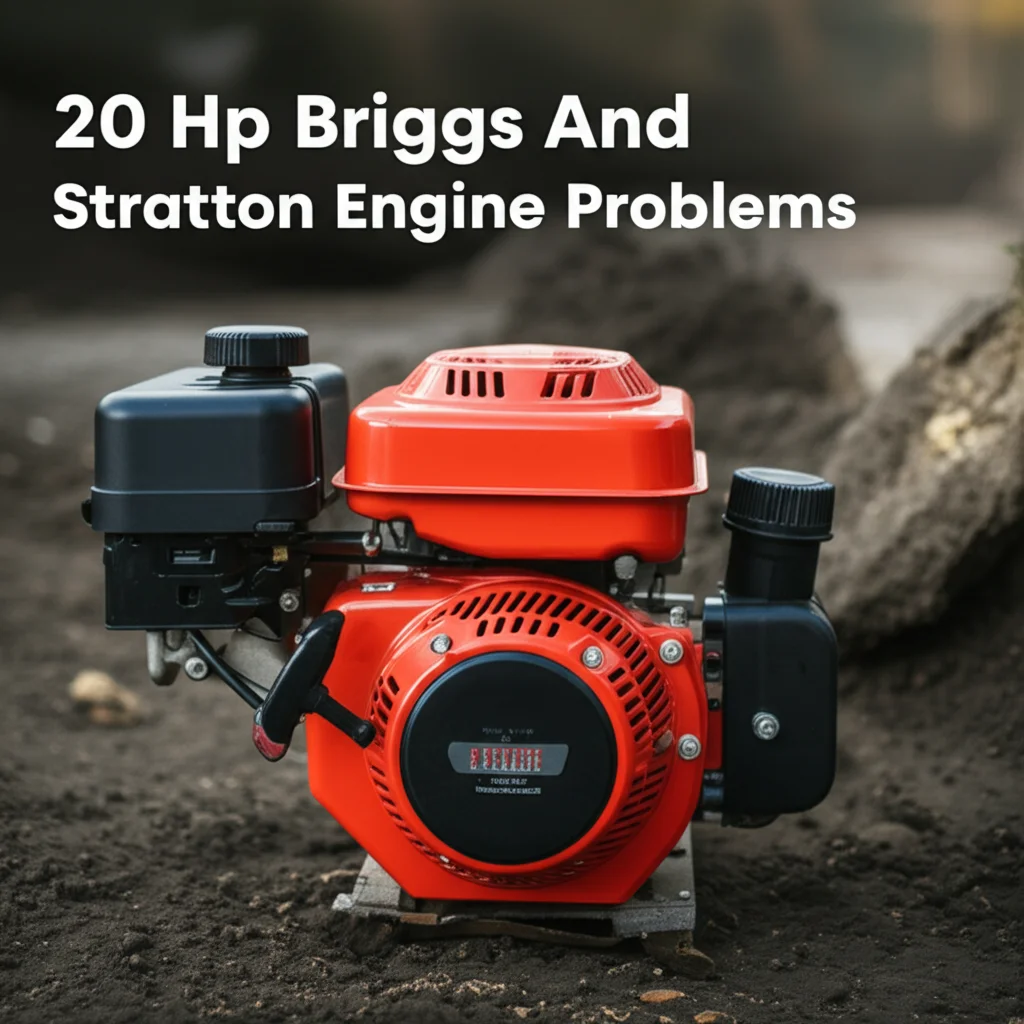· Lawn Mower Repair · 6 min read
Cub Cadet Zero Turn Mower Steering Problems

Cub Cadet Zero Turn Mower Steering Problems: A Comprehensive Guide
Ever feel like your Cub Cadet zero turn is fighting you instead of the other way around? Steering problems are frustrating, turning a quick yard chore into a wrestling match. This article dives into the most common Cub Cadet zero turn mower steering problems, offering practical solutions to get you back in control. We’ll cover everything from simple fixes you can do yourself to issues that might require a professional touch. Let’s get your mower steering smoothly again!
Takeaway:
- Check for loose linkages and connections.
- Inspect the lap bars and their connections.
- Examine the hydrostatic drive system for leaks or damage.
- Consider a hydrostatic transmission fluid change.
- Don’t hesitate to consult a qualified mechanic for complex issues.
What causes steering problems in a Cub Cadet zero turn mower?
Several factors can contribute to steering issues. These range from simple mechanical problems like loose connections to more complex hydraulic issues within the hydrostatic transmission. Understanding the potential causes is the first step toward a solution. Often, a little preventative maintenance can go a long way in avoiding these headaches.
1. Loose Linkages and Connections
One of the most frequent causes of steering problems is simply loose hardware. Over time, vibrations can loosen bolts, nuts, and other connections in the steering system. This can create play in the steering, making it feel unresponsive or jerky.
- What to check: Start by visually inspecting all linkages connecting the lap bars to the steering components. Pay close attention to the tie rods and any pivot points.
- How to fix: Tighten any loose bolts or nuts you find. Be careful not to overtighten, as this could damage the threads. A torque wrench is recommended for accurate tightening.
- Pro Tip: Regularly check these connections as part of your routine maintenance.
2. Lap Bar Issues: The Heart of Control
The lap bars are your primary interface with the steering system. Problems with the lap bars themselves, or their connections, can significantly impact steering performance. A faulty lap bar won’t transmit your steering commands correctly.
- Lap Bar Adjustment: Ensure the lap bars are adjusted to the correct height and position for comfortable and effective control.
- Connection Points: Inspect the connections between the lap bars and the steering linkages. Look for wear, damage, or looseness.
- Lap Bar Springs: Check the springs that provide tension to the lap bars. Weak or broken springs can result in sluggish steering. If you’re experiencing issues with your mower starting, you might also want to check out Cub Cadet Zero Turn Starting Problems.
3. Hydrostatic Transmission Problems: The Power Behind the Turn
The hydrostatic transmission is the engine that drives the turning ability of your zero turn mower. It uses hydraulic fluid to transfer power to the wheels, allowing for independent wheel speed control. Problems within the hydrostatic system are often the root cause of more serious steering issues.
- Hydrostatic Fluid Level: Low hydrostatic fluid is a common culprit. Check the fluid level using the dipstick (refer to your owner’s manual for location).
- Leaks: Inspect the hoses, pump, and motor for any signs of leaks. Leaks reduce fluid pressure and can cause erratic steering.
- Hydrostatic Pump: A failing hydrostatic pump can cause a loss of power and steering control. This is a more complex repair, often best left to a professional.
- Hydrostatic Filter: A clogged hydrostatic filter can restrict fluid flow, impacting performance. Consider a fluid and filter change – you can find more information on changing your transmission oil here.
4. Worn or Damaged Steering Components
Over time, the components of the steering system can wear out or become damaged. This can lead to play in the steering, reduced responsiveness, and even complete failure.
- Tie Rod Ends: Inspect the tie rod ends for wear or damage. These are critical components that connect the steering linkages to the wheels.
- Spindles: Check the spindles for bending or cracking. Damaged spindles can cause uneven steering and instability.
- Steering Gears: Examine the steering gears for wear or damage. Worn gears can result in sloppy steering and difficulty controlling the mower.
5. Contaminated Hydrostatic Fluid
Just like engine oil, hydrostatic fluid can become contaminated over time. Dirt, debris, and metal particles can enter the system, causing wear and tear on the pump and motor. Contaminated fluid can also reduce the efficiency of the transmission.
- Fluid Color: Check the color of the hydrostatic fluid. It should be clear and bright. Dark or cloudy fluid indicates contamination.
- Metal Particles: Look for metal particles in the fluid. This is a sign of internal wear and damage.
- Fluid Change: Regularly changing the hydrostatic fluid is essential for maintaining the health of the transmission.
6. Issues with the Drive Belt
While not directly a steering component, a worn or damaged drive belt can sometimes feel like a steering problem. A slipping belt can cause uneven power distribution to the wheels, making the mower pull to one side.
- Belt Inspection: Visually inspect the drive belt for cracks, fraying, or wear.
- Belt Tension: Check the belt tension. A loose belt will slip and reduce power transfer.
- Belt Replacement: Replace any worn or damaged belts immediately.
7. Electrical Problems Affecting Hydrostatic Control
Some Cub Cadet zero turn mowers utilize electronic controls for the hydrostatic transmission. Electrical issues, such as faulty sensors or wiring, can disrupt the steering system. If you’re also having carburetor issues, consider checking out Cub Cadet Zero Turn Carburetor Problems.
- Wiring Inspection: Carefully inspect all wiring connections related to the hydrostatic system. Look for loose connections, corrosion, or damage.
- Sensor Testing: Test the sensors that provide feedback to the control module. A faulty sensor can send incorrect signals, causing steering problems.
- Control Module: In rare cases, the control module itself may be faulty. This is a complex repair that requires specialized diagnostic equipment.
Frequently Asked Questions (FAQ)
Q: Why does my Cub Cadet zero turn pull to one side? A: A mower pulling to one side can be caused by uneven tire pressure, a bent spindle, a worn drive belt, or a problem with the hydrostatic system. Check tire pressure first, then inspect the steering and drive components.
Q: How often should I change the hydrostatic fluid in my Cub Cadet zero turn? A: Generally, you should change the hydrostatic fluid every 250-500 hours of operation, or at least once a year. Refer to your owner’s manual for specific recommendations.
Q: Can I use regular engine oil in my hydrostatic transmission? A: No! Using engine oil in the hydrostatic transmission will cause serious damage. Hydrostatic fluid is specifically formulated for the demands of a hydrostatic system.
Q: What does it mean if my steering feels jerky? A: Jerky steering can indicate loose linkages, a worn hydrostatic pump, or contaminated hydrostatic fluid. Inspect the linkages first, then consider a fluid change.
Conclusion
Addressing Cub Cadet zero turn mower steering problems doesn’t have to be daunting. By systematically checking the linkages, lap bars, hydrostatic system, and other key components, you can often diagnose and fix the issue yourself. Remember to prioritize safety and consult a qualified mechanic if you’re unsure about any repair. Maintaining your mower’s steering system will ensure a smooth, efficient, and enjoyable mowing experience. Don’t let steering issues keep you from a perfectly manicured lawn – get back to mowing with confidence!
- zero turn steering
- Cub Cadet repair
- hydrostatic issues


